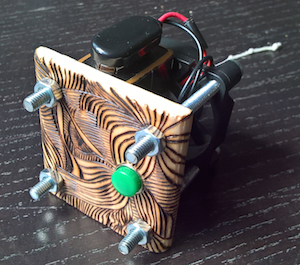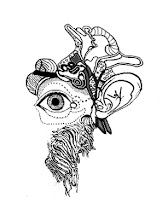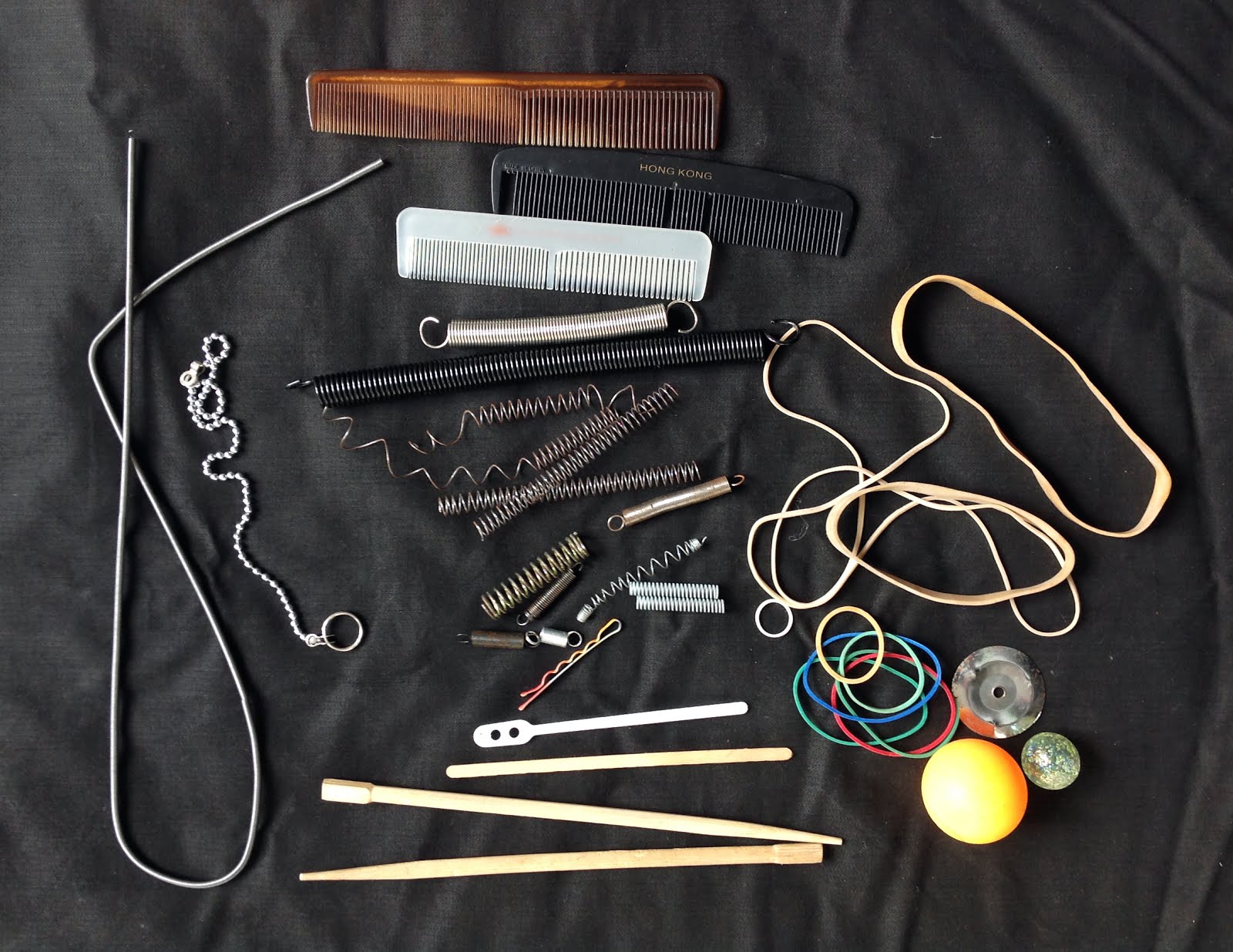
Designing Interfaces for Creativity Symposium
3rd and 4th November 2016, University of Sussex
Brighton, UK
The Designing Interfaces for Creativity (DesInC) Symposium will be held at the University of Sussex in Brighton, UK, on November 3rd and 4th 2016. As computational technologies become increasingly embedded in the physical world, designers and makers of interfaces for creativity are bringing skills and expertise from progressively wider fields and practices into their work. What and how can designers of creative technologies learn from practitioners in broader design disciplines, past and present? The symposium will explore interdisciplinary and historical perspectives on the design of tools, interfaces and instruments for creativity, including (but not limited to) sound, music, video, film, crafts, visual arts, software arts and gaming. Members of creative technology communities will join practitioners from wider interdisciplinary design fields and experts in historical design practices, for two days of workshops, keynote presentations, demos, discussions and performances. The event seeks to reach across and beyond academia, and welcomes contributions from industry, maker and artistic communities, and beyond.
Themes
- Designing instruments, tools and interfaces for creative applications
- Historical design practices for creative tools and instruments
- Hacking/making approaches to design for creativity
- Knowledge and skill preservation in design
- New techniques and technologies for creativity
- Interdisciplinary approaches to designing creative interfaces
- Future directions in design and creativity
Workshops on Nov. 3rd
Autonomous Objects (Anton Mobin)
Participants will make a small
instrument into two parts connected by a guitar string. Each of the two
elements can be held in one hand. The first element consists of a fan, a
switch and a 9v battery. The
second part consists of a piezoelectric contact-microphone and a spring
fixed on a board (3D printed). The guitar string create the link between
the two elements, like a bridge between two towers, attached to both a
fan blade and the spring
at its end. Ignition of the fan drives the guitar string in a wide
rotation and engages vibrations on the spring. Obtaining sound is by
direct contact and pressure with the spring support that produces a
voltage which reflects the acoustic
waves into an electrical signal.
A basic shape is offered to participants,
it's up to everyone to turn and see for yourself another design
according to the constraint of the materials we have, but everything is
still possible!
The challenge is to show simple acoustic
principles and give to participants the urge to appropriate these
techniques to produce sound differently and give ideas to create new
simple interfaces to play daily objects.Evening Concert on Nov. 4th

Anton Mobin: Prepared Chamber
Andrew Duff: Vectrex & Eurorack study #X ‘Performance v4’
Atau Tanaka: Myogram
We Are Raw: Live coding
TRASH neurons: Drums and no-input feedback mixer
Alice Eldridge: Feedback Resonator Cello Solo

https://desinc.mfm.sussex.ac.uk/
http://www.sussex.ac.uk/shl/projects/





















Aucun commentaire:
Enregistrer un commentaire